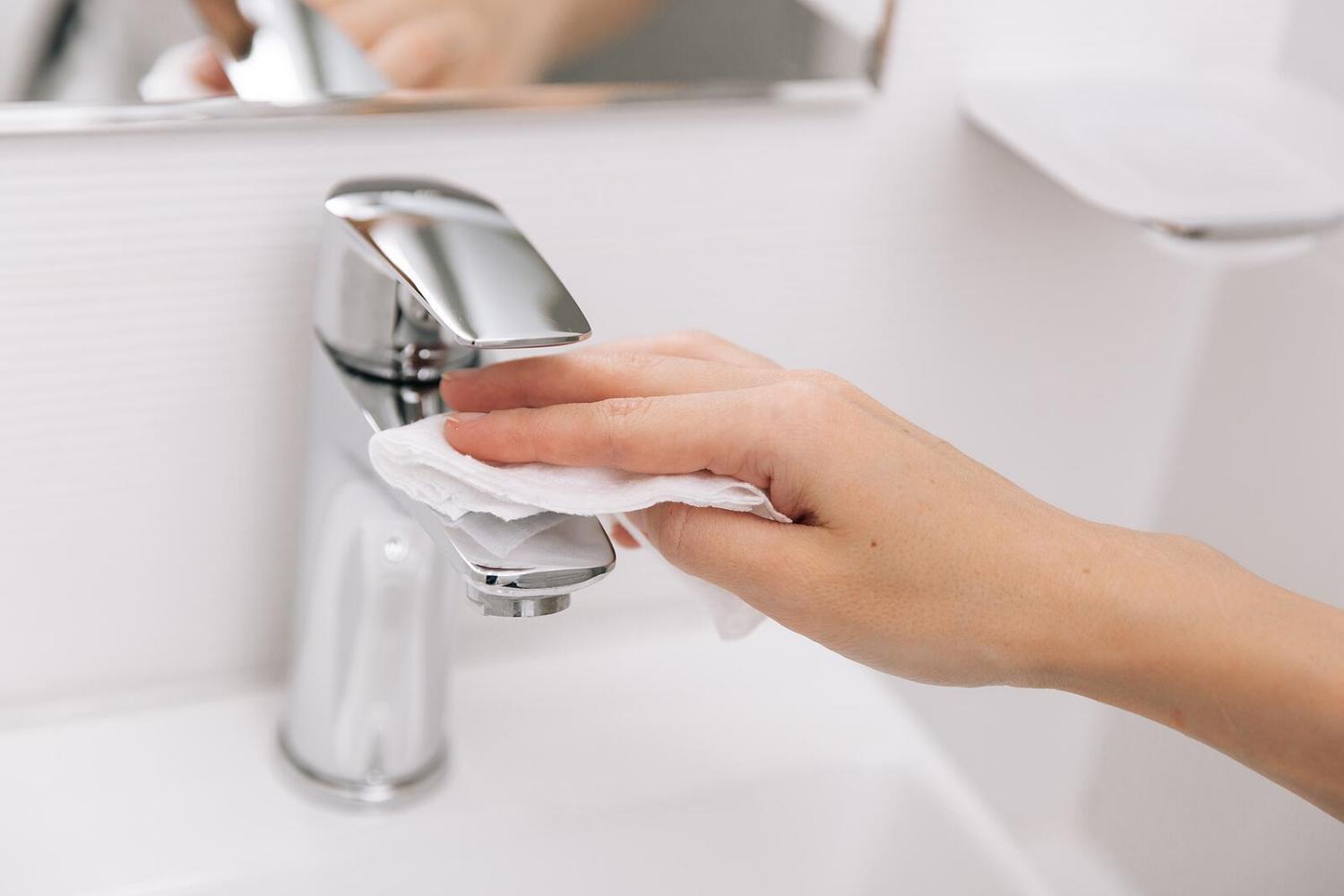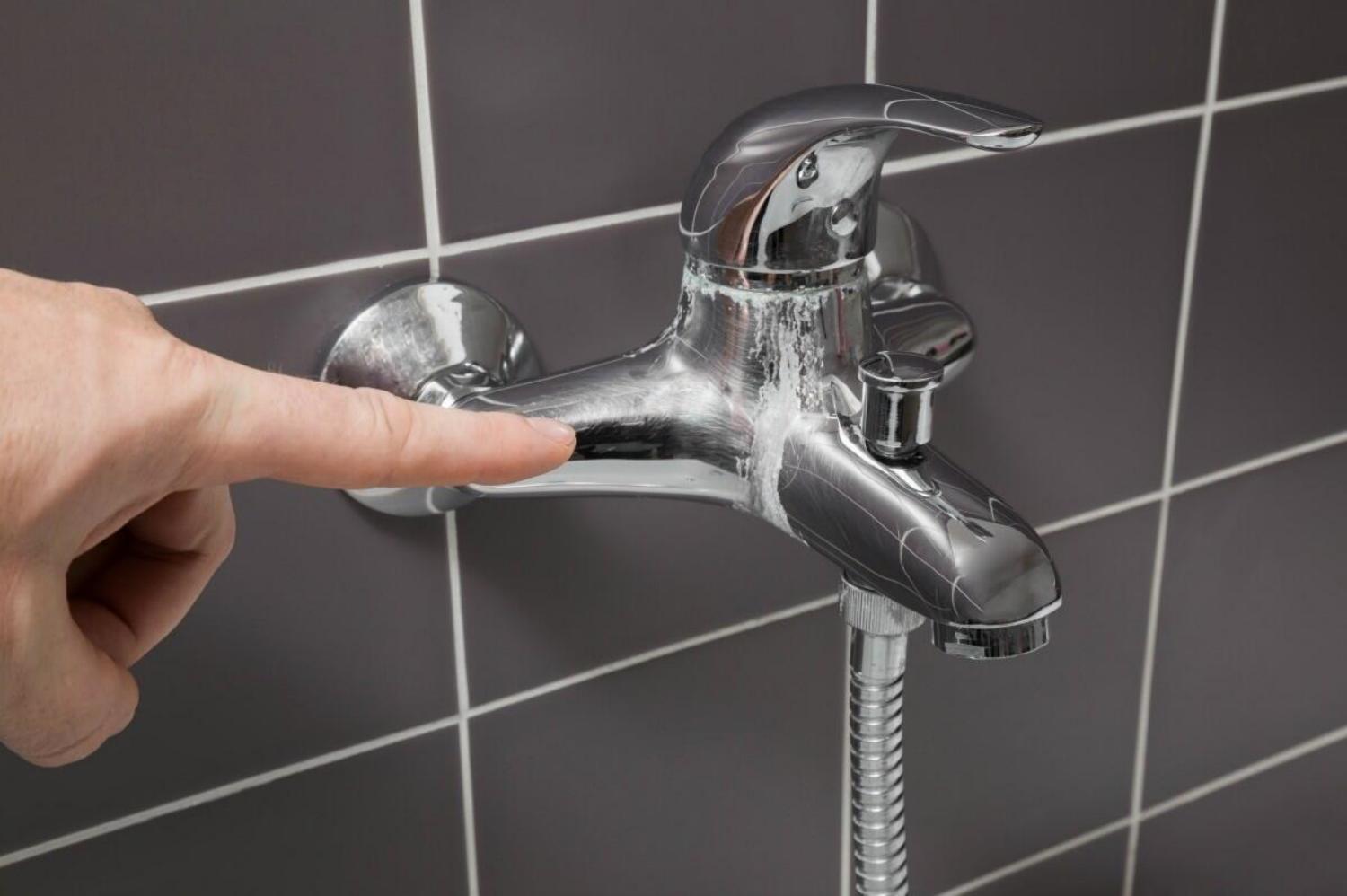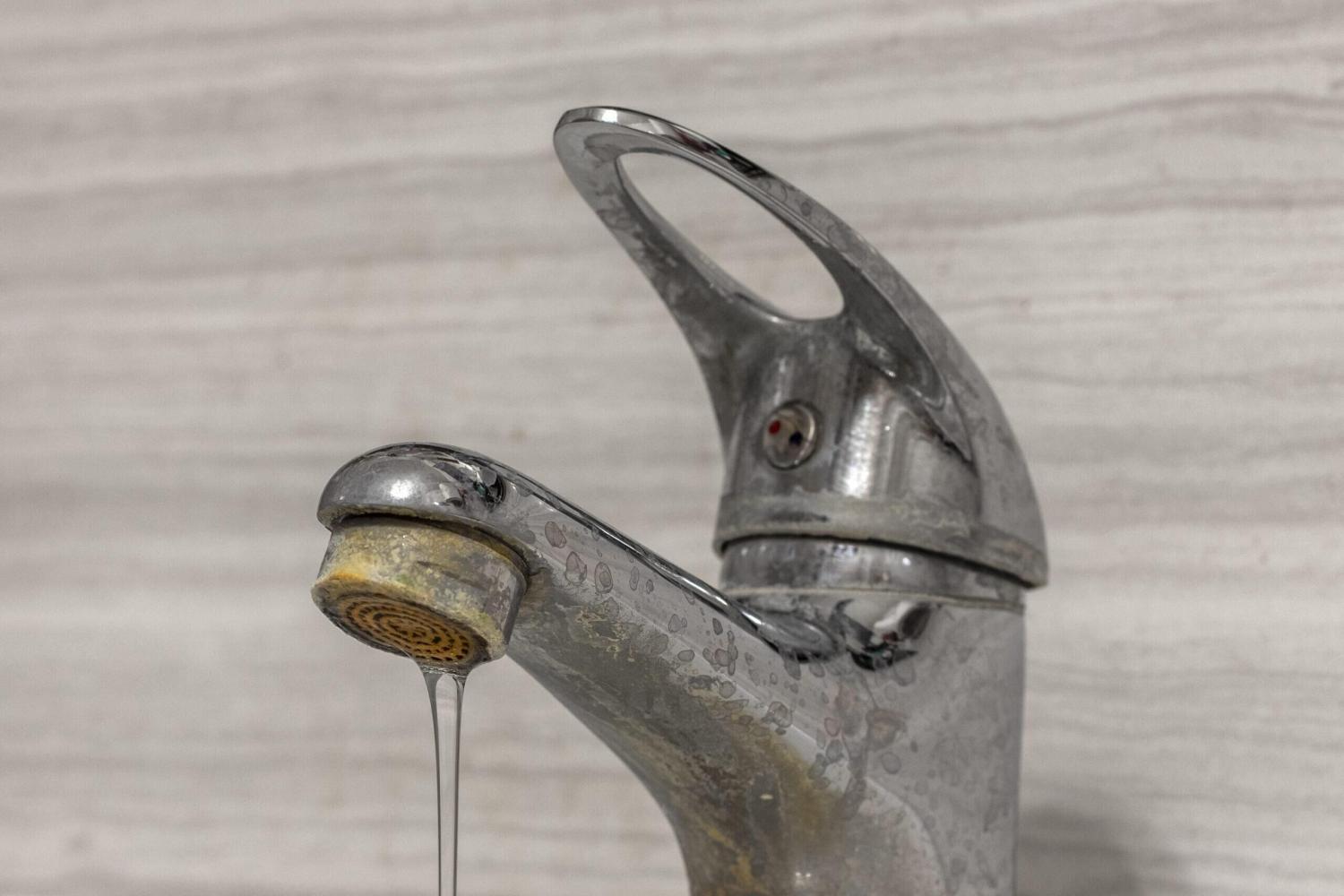
A gleaming faucet can be the crown jewel of your kitchen or bathroom, but over time, the accumulation of calcium deposits can mar its luster. These stubborn white, chalky stains are often the result of hard water, and if left untreated, they can affect the faucet’s performance and aesthetics. In this comprehensive guide, we will explore effective methods for how to remove calcium buildup on faucet, with a special focus on the high-quality fixtures offered by the iVIGA brand.
Understanding Calcium Buildup on Faucets
How to remove calcium buildup on faucet? Calcium buildup, often referred to as limescale, occurs when hard water evaporates, leaving behind mineral deposits. Hard water contains high levels of calcium and magnesium ions, which can accumulate on faucets, showerheads, and other fixtures over time.
Signs of Calcium Deposits on Faucets
- White or chalky stains on the faucet surface.
- Reduced water flow or pressure.
- Difficulty in turning handles or operating the faucet.
Tools and Materials for Removal
How to remove calcium buildup on faucet? Before tackling the calcium buildup, gather the following tools and materials:
- White Vinegar: A mild acid that dissolves mineral deposits.
- Lemon Juice: Contains citric acid, effective for breaking down limescale.
- Baking Soda: A gentle abrasive for scrubbing.
- Toothbrush or Soft Brush: Ideal for scrubbing without scratching the faucet.
- Microfiber Cloth: Soft and non-abrasive for wiping and polishing.
- Plastic Bag and Rubber Band: Useful for soaking larger components.
- Commercial Lime Scale Remover (Optional): For stubborn deposits.
How To Remove Calcium Buildup On Faucet: Step by Step
How To Remove Calcium Buildup On Faucet: Vinegar Soak
a. Mix vinegar and water: Create a solution of equal parts white vinegar and water.
b. Soak a cloth or paper towel: Dampen a cloth or paper towel in the solution.
c. Wrap the faucet: Secure the soaked cloth around the faucet using a rubber band.
d. Let it sit: Leave the vinegar-soaked cloth for at least 15-20 minutes to dissolve the calcium deposits.
e. Scrub with a toothbrush: Gently scrub the faucet with a toothbrush or soft brush to remove loosened deposits.
f. Wipe clean: Use a microfiber cloth to wipe away remaining residue.
How To Remove Calcium Buildup On Faucet: Lemon Juice Scrub
a. Squeeze fresh lemon juice: Apply fresh lemon juice directly to the affected areas.
b. Sprinkle baking soda: Sprinkle a small amount of baking soda onto the lemon juice-covered faucet.
c. Scrub with a toothbrush: Gently scrub the mixture with a toothbrush, focusing on the calcium deposits.
d. Rinse and wipe: Rinse the faucet thoroughly and wipe it clean with a microfiber cloth.
How To Remove Calcium Buildup On Faucet: Plastic Bag Soak (For Detachable Components)
a. Fill a plastic bag with vinegar: Pour white vinegar into a plastic bag.
b. Secure the bag: Place the plastic bag around detachable faucet components and secure it with a rubber band.
c. Let it soak: Allow the components to soak for several hours or overnight.
d. Scrub and rinse: After soaking, scrub the components with a toothbrush and rinse thoroughly.
How To Remove Calcium Buildup On Faucet: Commercial Lime Scale Remover (Optional)
a. Follow product instructions: If calcium deposits persist, consider using a commercial lime scale remover.
b. Apply as directed: Apply the product according to the manufacturer’s instructions, ensuring proper ventilation.
c. Scrub and rinse: Scrub the faucet with a toothbrush and rinse thoroughly.

Maintaining Faucet Brilliance with iVIGA Fixtures
How to remove calcium buildup on faucet? iVIGA offers a range of high-quality faucets that are not only aesthetically pleasing but also designed for durability and easy maintenance.
Stainless Steel Faucets:
iVIGA’s stainless steel faucets are resistant to corrosion and staining, making them less prone to calcium buildup. Regular cleaning with mild solutions can help maintain their shine.
Chrome Finish Faucets:
iVIGA’s chrome finish faucets add a sleek and polished look to any kitchen or bathroom. To prevent calcium buildup, wipe the faucet regularly with a soft, damp cloth and mild soap.
Brass and Gold Tone Faucets:
For iVIGA’s faucets with brass or gold tone finishes, avoid abrasive cleaners that may damage the surface. Instead, opt for gentle cleaning solutions and soft cloths to preserve the luster.
Tips for Preventing Calcium Buildup
Water Softener Installation:
How to remove calcium buildup on faucet? Consider installing a water softener to reduce the hardness of water in your home, minimizing the formation of calcium deposits on faucets and other fixtures.
Regular Cleaning Routine:
Incorporate regular cleaning into your maintenance routine. Wipe down faucets with a soft cloth after each use to prevent the accumulation of water spots and minerals.
DIY Cleaning Solutions:
How to remove calcium buildup on faucet? Use mild DIY solutions like vinegar and lemon juice regularly to keep calcium deposits at bay. These natural acids are effective in preventing mineral buildup.

Conclusion
How to remove calcium buildup on faucet? Bid farewell to unsightly calcium deposits on your faucets with the practical steps outlined in this comprehensive guide. The methods described, combined with the quality fixtures offered by iVIGA, ensure that your faucets not only regain their brilliance but also remain in top-notch condition for years to come. By understanding the causes of calcium buildup, employing effective removal techniques, and incorporating preventative measures, you can maintain a sparkling and functional centerpiece in your kitchen or bathroom – your iVIGA faucet.
 iVIGA Faucet Online Shop
iVIGA Faucet Online Shop
